New report warns of rising risks for Canadian homes in high-risk areas
A new report from the Canadian Climate Institute is raising concerns about the risks associated with building new homes in flood and wildfire prone areas. With Canada’s ambitious target to build 5.8 million new homes by 2030, the report highlights how much of this construction is happening in areas that are increasingly vulnerable to the effects of climate change.
The report, titled Close to Home, was written by experts at the Canadian Climate Institute, a leading independent non-profit organization focused on advancing policies for a sustainable economy. The authors bring a wealth of experience in environmental and economic policy, climate science, and the built environment.
Their expertise is crucial in guiding the conversation on how the construction industry can respond to climate challenges in Canada, especially in light of the recent devastating wildfires near San Francisco highlighting calling for review of he problematic fire-resistant construction codes in California.
As Canada ramps up housing development to address affordability issues, the report warns that many of these new homes are being built in high-risk flood and wildfire zones. Climate change is increasing the frequency and intensity of these natural disasters, putting both new and existing buildings at risk. The authors stress that while it’s crucial to build more homes, we must consider where they’re being placed to avoid future damage and costs.
The rising threats of floods and wildfires
Flooding and wildfires are already significant threats in many parts of Canada, and these risks are expected to grow as the climate continues to change. The report estimates that by 2030, flooding could cost the Canadian economy as much as $2 billion annually, while wildfire-related damage could add another $1.1 billion each year. These damages aren’t just about financial loss; they also represent the destruction of homes, communities, and infrastructure that are vital to Canadians' lives.
The Canadian Climate Institute is calling for immediate action to reduce the exposure of new homes to these growing risks. The report suggests that avoiding high-risk areas when planning new developments can prevent many of these future losses. In fact, moving even a small percentage of new housing projects away from areas vulnerable to flooding and wildfires could make a significant difference in reducing potential damage.

Home construction policy recommendations for a safer future
The report offers several key recommendations for policymakers, developers, and homeowners. One of the main suggestions is improving land use planning policies to avoid building in hazardous zones. It also emphasizes the need for better hazard mapping and making this information more accessible to builders and developers, so they can make informed decisions about where to build.
Another important recommendation is for federal and provincial programs to better align with climate resilience goals. This could include offering incentives for construction in safer areas or providing guidance for retrofitting existing homes to be more resilient to climate risks. Ensuring that climate change considerations are embedded in all aspects of housing policy and development is a central point of the report.
The authors also note that governments should work together more closely to ensure that both local and national policies reflect the urgency of addressing climate-related risks. This includes integrating climate resilience into building codes and creating more incentives for sustainable and climate-resilient building practices.

Why this matters for the construction industry
For construction professionals, architects, and contractors, this report is a call to action. It challenges the industry to rethink how and where new developments are being planned. It’s not just about meeting housing targets quickly; it’s about ensuring that the homes we build today are safe and resilient for the future.
As the construction industry moves forward, there’s an opportunity to shape the next generation of housing with sustainability and resilience at the forefront. Building homes in safer areas and using materials and methods that minimize climate risks will help create long-lasting, safe communities.
What homeowners need to know
For homeowners, the report serves as a reminder of the increasing risks posed by climate change. Homebuyers should consider not only the affordability of new homes but also their location relative to climate hazards. Homeowners can also take action by ensuring that their properties are protected against risks like flooding or wildfires through retrofitting measures.
In conclusion, the Close to Home report makes it clear that addressing climate risks in the housing sector is essential for the future of Canadian communities. As climate change continues to affect our environment, it’s crucial that all stakeholders - governments, developers, and homeowners - work together to build safer, more resilient communities.
To dive deeper into the full findings and recommendations from The Canadian Climate Institute, download the full report here
Now that you know more about protecting your home from wildfires and flooding, and the new report from The Canadian Climate Institute, find more pages about sustainable and resilient green building techniques here :
Find more about green home construction in the Ecohome Green Building Guide pages or to learn more about the benefits of a free Ecohome Network Membership, see here. |
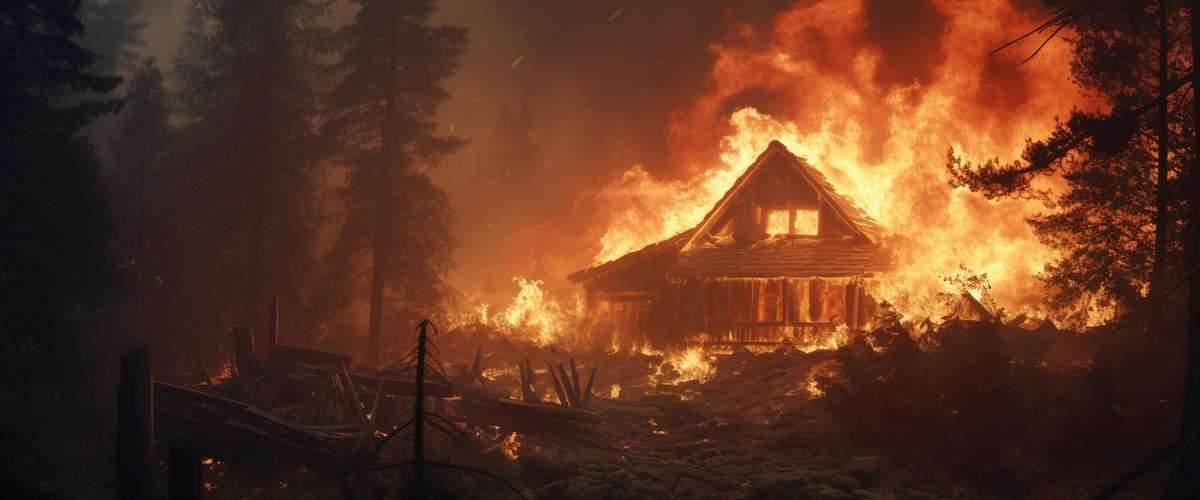






























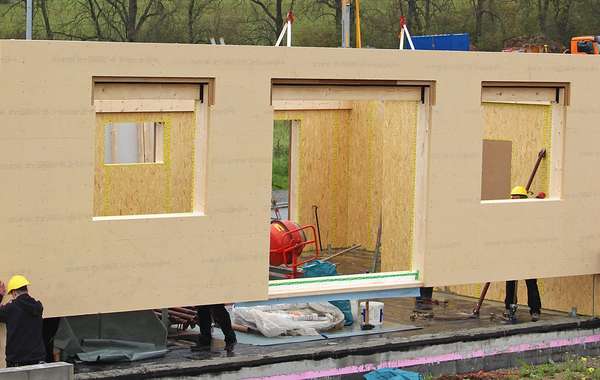
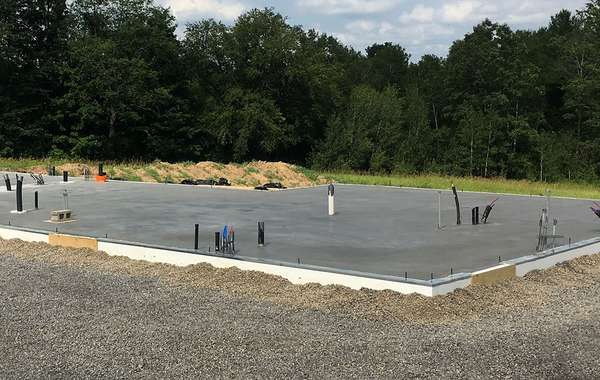

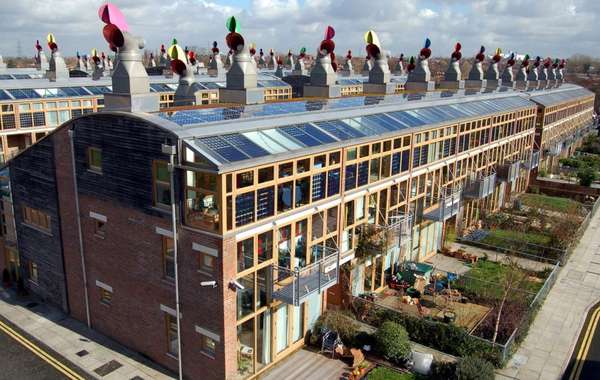

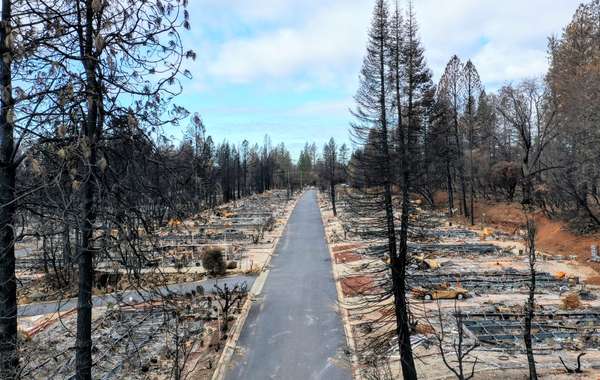
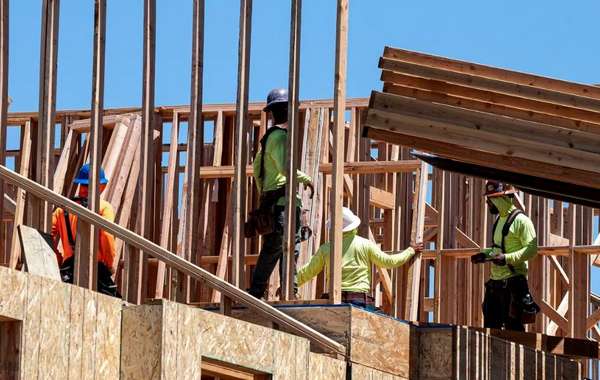
Comments (0)
Sign Up to Comment